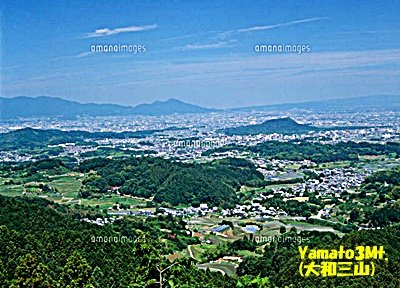Ancient・Tomb~Asuka Period(古墳~飛鳥時代)For anybody interested in Japan & its history/culture (014)
The year of 574 when "ShotokuTaishi" was born who can be said to be
one of the "Idol" of Japanese history and original figure of 10,000
yen bill, to 710 Heijyo-Kyo Palace was built, is named Asuka Period,
when as a nation, Japan made solid basis as the country, comparing to
previous Ancient Tomb Period, by enacting Constitution, making family
registration and tax collection systems and so forth.
Also currency was issued and heads of local administration offices were
appointed throuout the country.
日本史のアイドルとも言え、紙幣のモデルとして最高額の1万円札の最初に
登場した”聖徳太子”が生まれた574年から、平城京が建立の710年を飛鳥時代
と呼び、その前の古墳時代の”大和朝廷”と比べて、憲法制定や国号を日本
としたり、公地公民制で戸籍を設け、租庸制を敷いたり、各地の長を任命、
また通貨を発行したりと、漸く国としての体裁が整ってきた時代である。
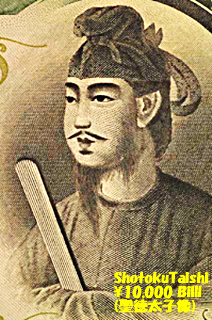
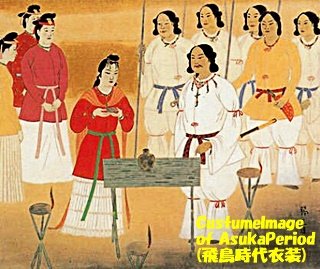
The term Palace residence of emperors changed to, "Kyo" where officers
have offices and their residences too. The Asuka Palace might be small
residential site of the royal family while the Fujiwara-Kyo had the grid
style street as chinese cities and could be bigger than Heijyo-Kyo and
even Heian-Kyo. It was very critical time of establising fundamental
centralized systems as "Ritsuryou(laws and rules)-System", and Fujiwara
-Kyo might need to have big capital and palace for their "Majesty".
Both Asuka Palace and Fujiwara-Kyo wer located in Asuka area, where is
not too developed having bujildings and traffic, and still looks like
old japanese village which can be said to be "satoyama, rural and natural".
If you have time, I would recommend you to ride bicycle to move around
this area to enjoy nature and feel old time. You can find rental bicycle
shop at the station.
中心は中国に倣って、碁盤目の道路を設置するだけでなく、役人や一般人も
住む、所謂”京”の体裁の都が出来た時代でもあります。 都の場所は次の
奈良の都の南の現在の明日香村辺りでした。 最初の推古天皇時代の飛鳥宮
と持統天皇の藤原宮は5キロ程度しか離れていなかったようですが、その間に
天皇の住居を指す”宮”は何度か移転があったようです。 この明日香村は
今でも都会の雰囲気は無く、遺跡も多く保存され、日本の所謂”里山”
の原型のような雰囲気すらあります。 時間があれば、自転車でのサイクリング
がお勧めです、レンタルサイクルが便利です。
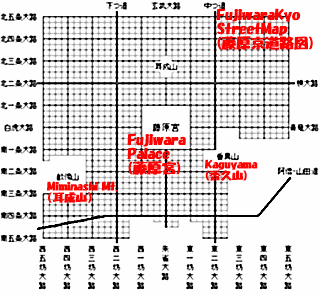
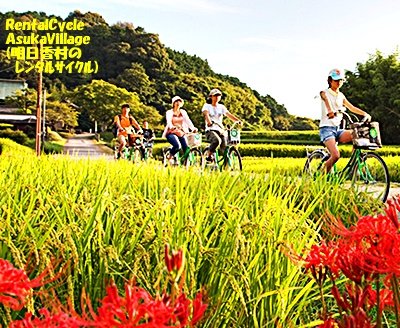
Buddhsm came to Japan in 538 from Korea causing trouble between the party
for and against. Soga family including ShotokuTaishi was the party to
accept and promote it, while Mononobe family was strongly refusing it.
In 587 Soga family won the fight having exterminated Mononobe clan.
In 593m ShotokuTaishi became the regent assisting Suiko lady Emperor.
He promoted Buddhism by building Shitennouji in Naniwa (Osaka) and also
in Consitution, he emphasized harmony among people, for central govern-
ment by royal family. He sent missions to China (Zui=Su) for international
exchange and peace.
仏教が538年に百済から伝わったとされていますが、この時期仏教を巡って
賛成派・崇仏派・蘇我氏と反対派・廃物派・物部氏の間で争いが続き、587年
に蘇我氏が聖徳太子も加担し、物部氏を滅ぼし、593年には聖徳太子が推古
天皇(最初の女性天皇)の摂政となり、摂津難波に四天王寺を建立など仏教
振興に貢献するほか、憲法で”和を以て尊し”と神道の精神をも強調し、皇室
を中心の中央主権の確立に努めた。また国際面でも当時の中国に遣隋使を派遣
して、更に中国との交流を図っている。
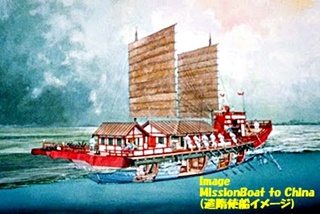
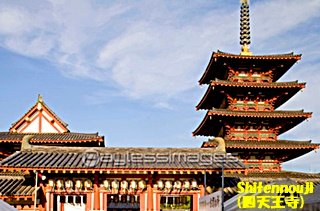
He built Houryuuji, which is oldest wooden construction in the world and
designated as the World Heritage for the first in Japan, where attended for
business though he lived in Asuka area. He passed away in 622, when
his son and family wer forced to kill themselves by the attack of Iruka
Soga. Iruka Soga was also killed by NakanoOoenoOuji(later Tenji Emperor)
and NakatominoKamatari (later beginner of Fujiwara group) in 645, who
proceeded the "TaikanoKaishin (System reform)" to further strengthen power
base of centralized governing system by Emperor. In accordance with request
of help by Kudara of Korea, they sent army but severely defeated by allied
force of Shiragi and Tang at "Hakusonkou" resulting to defensive policy of
forming and sending garrison soldiers to Kyusyu and transferring capital to
Otu near lake Biwa.
聖徳太子は法隆寺を建立、主に斑鳩で政務を取っていたようです。 法隆寺は
現在も世界最古の木造建築として保存され、日本初の世界遺産にしてされて
います。 残念ながら、聖徳太子死後(622年)、息子の山背大兄王は従兄弟に
当たる、藤原入鹿によって自害に追い込まれ、血筋は絶えてしまいます。
入鹿は暫く権勢を振るいますが、645年に中大兄皇子と中臣鎌足によって廷内で
刺殺されます。 二人は大化の改新を進め皇室政治の基盤を強化します。
ただ、百済の要請で朝鮮に出兵しますが、新羅と唐の連合軍により、白村江で
大敗、朝鮮半島からは手を引き、九州の守りを防人制度で固める方策とした。
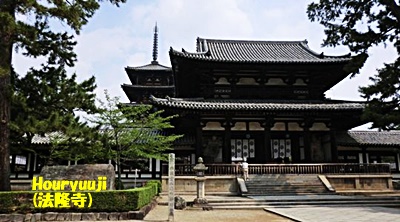
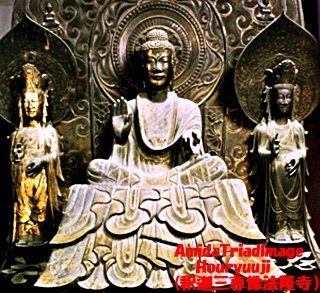
In 670, Kamatari passed away after granted Fujiwara name, followed by the
demise of Emperor Tenji in 671. The following year 672, the biggest Coup
d'eat by royal family in the history "JinShin War" occured and the yonger
brother of Tenji Emperor who resigned from political position to Yoshino
as a monk, won and became Tenmu Emperor. He started to name the nation
Nippon and also began to use Emperor title instead of Great King.
In 681, he ordered compilation of history records of "Kojiki" and "Nihon-
Shoki" trying to simulate Chinese "Shiki (Shiji)". After his time in 686,
Empress Jito succeeded the position and completed Fujiwara-Kyo in 694.
645年に都は一時的に難波に移りますが、不評で668年には中大兄皇子が天智
天皇となり、都も大津に移ります。 670年鎌足は藤原姓を許され直後に死去、
天智天皇も671年には逝去となります。 翌年672年には日本史最大の皇族の
クーデターとされる”壬申の乱”で吉野に退いていた天武天皇が勝利、政権を
握ると、大王の代わりに天皇を称し、国名も日本とし、 681年には中国の
史記に倣って、古事記・日本書紀の編纂を行い、貨幣鋳造や冠位の整備等皇親
政治を強化し、686に亡くなります。 その後は妃の持統天皇が継ぎ、694年には
藤原宮を完成させます。
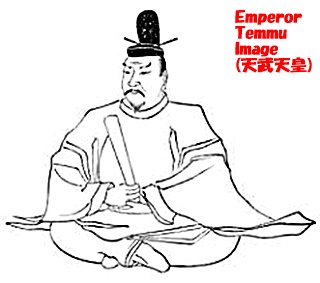
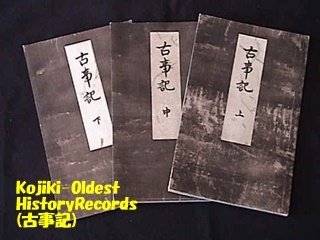
Houryuji and Shitennouji by ShotokuTaishi are quite important, however we
need to see the trend from ancient tomb to family or clan temple or Buddhism
statues to indicate or symbolize authoity. The trend became so popular
in the community that the culture itself is slightly deifferent from that of
previous Peiord. The culture in Ancient Tomb period is called Asuka culture
which try to emphasize concept of Buddhism while tendency of Asuka Period is
named Hakuou culture, more colorful and elegant, which may be said "localized
or Japanizeed". Wall painting at Takamatuduka was probably more colorful when
originally painted. Yakushiji is the reprensentative of Hakuou beauty and
Manyou-Gana was considered to be used about this time, although ManyouShu
is of the next Period of Nara or Tenpyo culture.
聖徳太子の法隆寺や四天王寺も重要ですが、この時代その前の古墳に代わって
権威を象徴する手段として、氏寺の建立や仏像の作成が盛んになり、この地域
には日本初の仏像等に代わり、華やかな白鳳文化が生まれています。
飛鳥文化が仏教の教えを示すものに対して、白鳳文化はより和風、日本式の文化
で、例えば高松塚古墳に見られる壁画も当初華やかな色彩で描かれたと思われ
ます。 薬師寺も白鳳文化の代表作です。 それに、万葉集という日本最初の
詩集に使われる”万葉がな”もこの頃から発達したとされています。
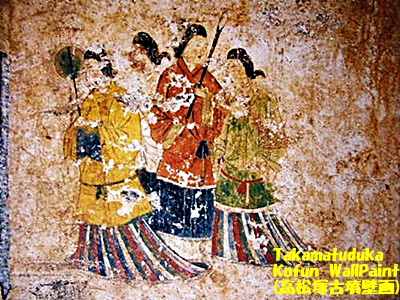
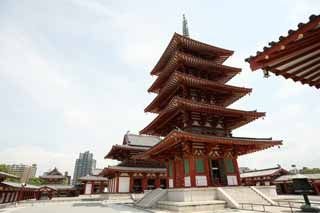
At last I must add one shrine in this area, which is Kashiwara Shrine, built
in Maiji Period by Emperror Meiji to worship Japanese first emperor Jinmu.
It is located southern foot of Mt.Unebi, while the imperial tomb of Jinmu
is at the other side, namely northern foot of the Unebi mountain,
This shrine is of modern time but now become so pupular that the annual
worshippers exceeds 10 million comparable to that of old and famous Kasuga
shrine in Nara. By the way, in Asuka village, in addition to Unebi mountain,
there are other two names are shown in Manyosyuu, namely Kaguyama and Miminasi-
yama and three together, they are Yamato-Sanzan(three montains) surrounding
Fujiwara-Kyo, which has been the speciality of this area since Asuka Period.
この地域は法隆寺を初め、有名な寺院が多く、神社は日本書紀に記載のある
甘樫坐神社もありますが、小さいローカルのもので、奈良で藤原氏建立で
世界遺産の春日大社が有名な所ですが、近代になり明治天皇の発案で、
神武天皇を祀り神武御陵と反対側の畝傍山の南に建立の樫原神宮が、
今では春日大社と競い、年間1000万人の参拝客を集めているそうです。
所で明日香村には畝傍の他に香久山と耳成山があり、合わせて大和三山と
言って丁度三角形に藤原京を囲んでおり、この地の飛鳥以来の名物とも
なっています。
